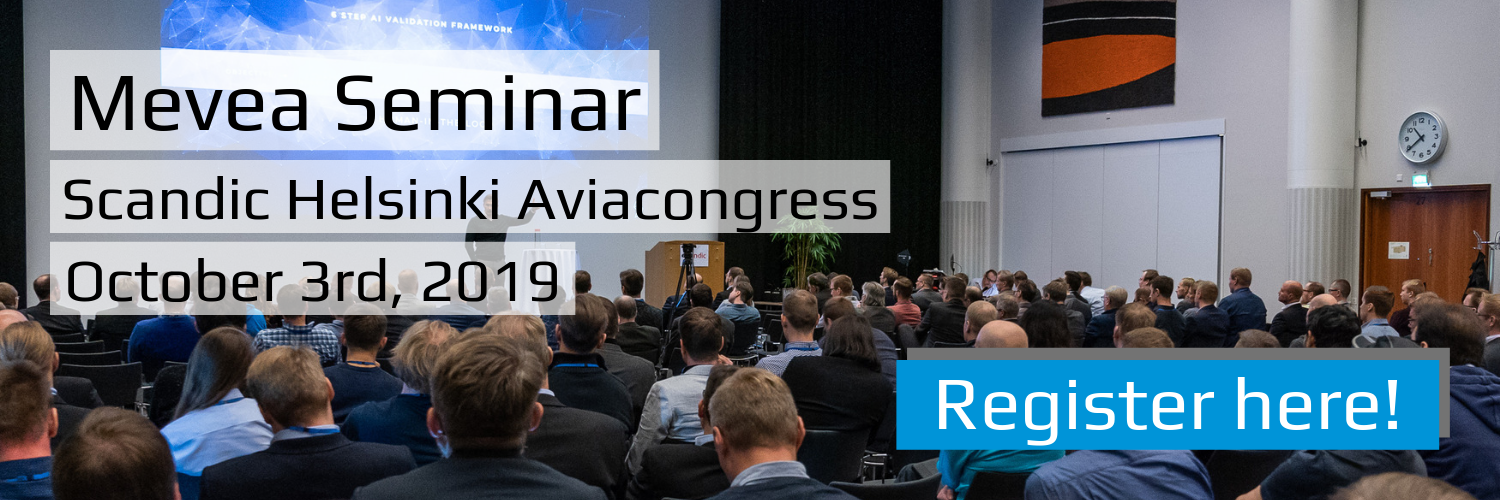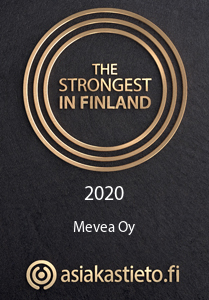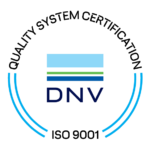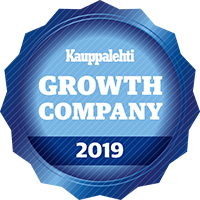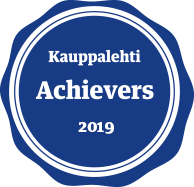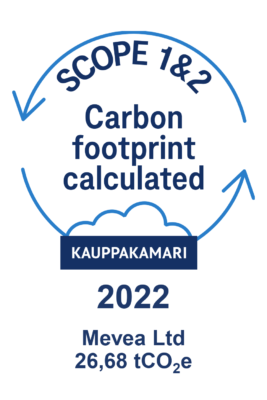Digital Twin technology has been steadily climbing the hype cycle for many years now, so it’s about time to get real about the benefits it can bring to businesses. We have been helping innovators and industry leaders to implement over 100 Digital Twin projects in industries such as Construction Equipment, Mining, Ports & Logistics and Forestry and here are three of the lessons we learned:
1. Define your Digital Twin
There are as many definitions of Digital Twins out there as there are publications about them. Before you start a project it is essential to know what the aim of your Digital Twin project is and what the end result should look like.
Do you base your Digital Twin on historical product data in order to analyse and extract patterns, for example for digital asset management or mapping process flows? Or does your Digital Twin need to be able to actually predict the behaviour of its’ physical counterpart in real-time, in which case you need to incorporate accurate multi-physics simulation? Whichever way you choose to go with your Digital Twin, it is important to establish the aim early on so you can identify the required data and choose the right technology partners to set yourself up for success.
2. Lead with the business objective
In theory, technologies such as Digital Twins and Artificial Intelligence hold sheer unlimited promise and can change industries fundamentally. However, what our customers really want to know is how these advanced technologies can be applied to create new business models and accelerate product development. In order for a Digital Twin project to be successful, it needs to be about more than just proving a technological capability – it needs to align with your business objectives and provide a measurable impact on your top- or bottom-line.
3. Openness is key
Digital Twins don’t exist in a separate realm all by themselves but are connected to your existing processes, data, and technology. From using product design data to create your Digital Twin and co-simulating with existing software packages to interfacing with open standards such as ROS or FMI, the Digital Twin is part of an ecosystem of data and technology. This open approach allows you to build on your existing assets and processes and keep developing your Digital Twin in line with the latest technological developments.
By applying the above lessons, we have been able to create a smooth path to digital innovation for our customers.
If you are interested to learn more, come and join us at the 6th Mevea Digital Twin Seminar on October 3rd in Helsinki where early adopters and thought leaders including Liebherr, JCB and CIMdata will explain how you can accelerate digital innovation and explore new business models using Digital Twins.
Registration details can be found here: https://mevea.com/seminar/

